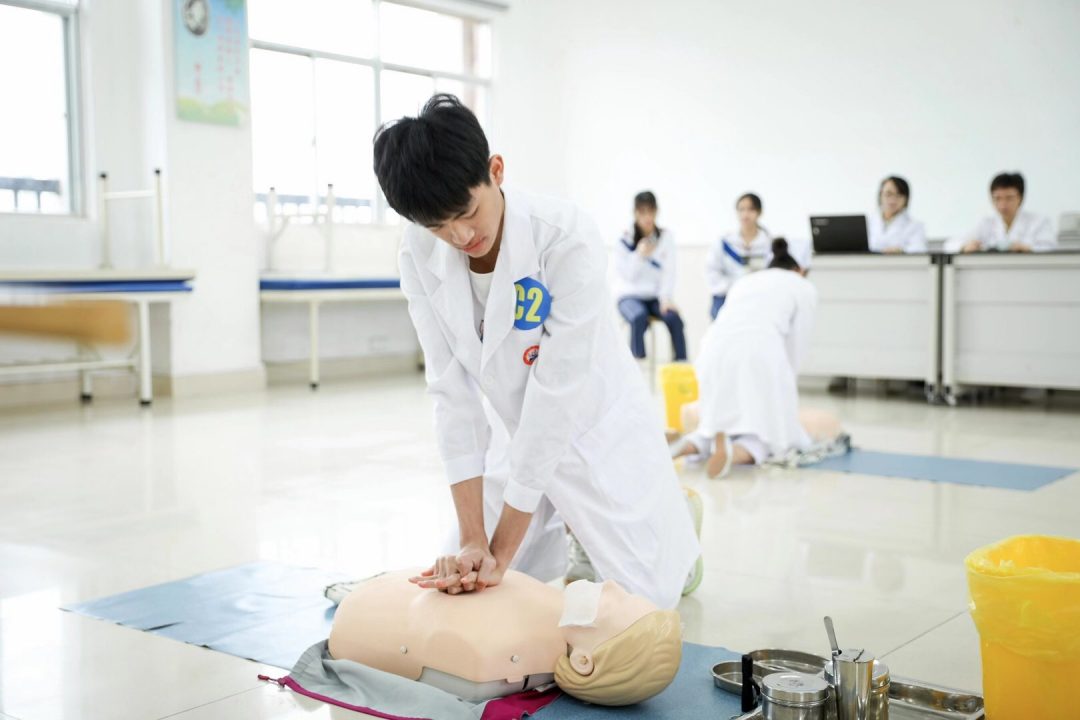Proper CPR board positioning dramatically improves the quality of cardiopulmonary resuscitation (CPR). For cardiac arrest patients, every millimeter of chest compression can make a difference. The right board placement ensures optimal chest compression depth, enhances blood flow, and boosts patient outcomes during sudden cardiac arrest events.
Whether you’re a paramedic, nurse, hospital staff, or workplace first responder, understanding how to use a CPR board correctly can be the difference between life and death.
Why CPR Boards Matter in Cardiac Arrest Events
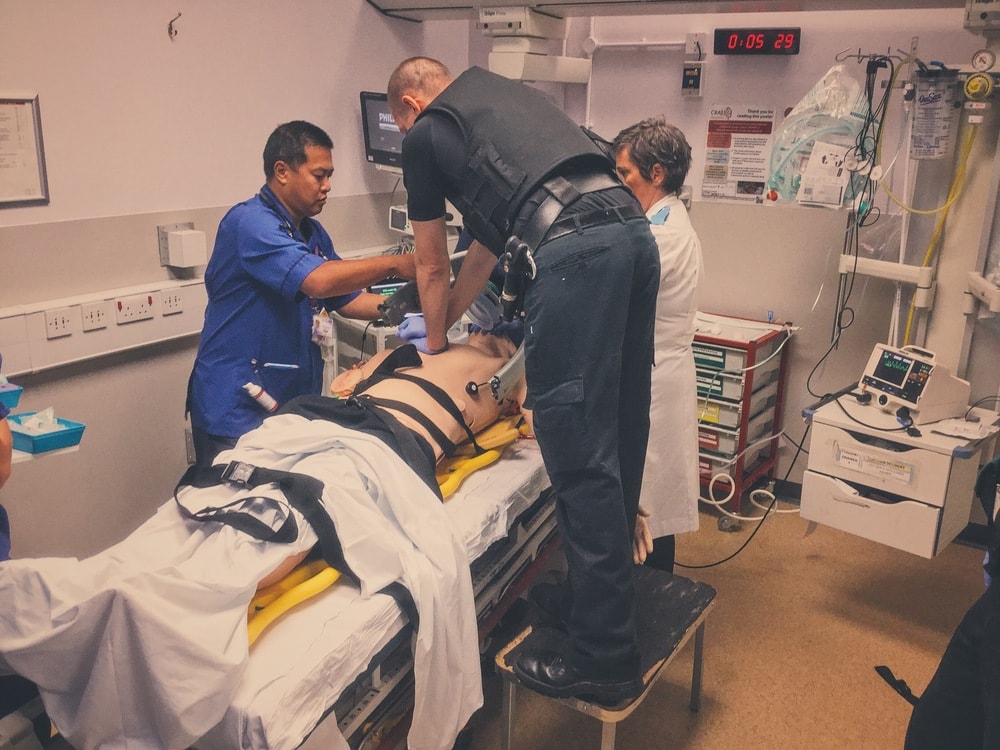
Without a CPR board, chest compressions in cardiac arrest receiving CPR are often ineffective in maintaining adequate blood flow. On soft or unstable surfaces like hospital beds or stretchers, compressions can lose their depth and recoil—minimizing their effectiveness. In some cases, it may even cause excessive chest compression depths, further compromising resuscitation efforts.
When you apply manual CPR, the body absorbs much of the compression force without proper back support. That’s why proper CPR board positioning is vital. It provides a firm, stable surface to deliver compressions that follow the adult cardiac arrest algorithm, improving the likelihood of return of spontaneous circulation (ROSC). It ensures that every compression is impactful.
Step 1: Identify Cardiac Arrest and Prepare Board
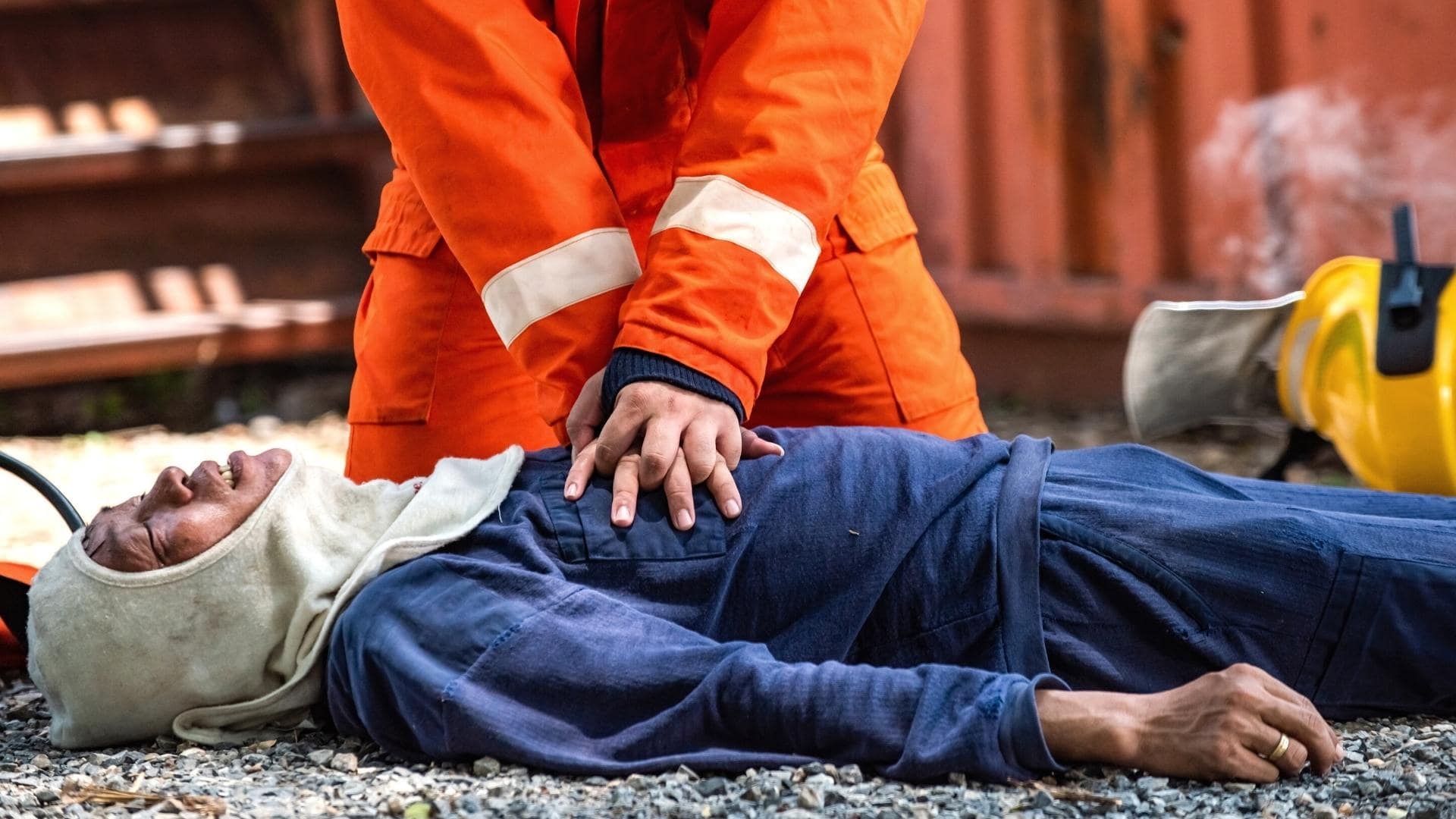
The first and most important action is to recognize cardiac arrest promptly. Time is critical. Every delay in delivering effective CPR can lower survival rates significantly.
Here’s what to do:
- Check responsiveness: Shake the patient and shout. No response? Move to the next step.
- Assess breathing: Look for abnormal breathing or the absence of normal breathing.
- Check for pulse: No pulse? This confirms cardiac arrest—the absence of a pulse identifies cardiac arrest clearly.
- Immediately activate the emergency response system and call emergency medical services. This step ensures advanced help is mobilized as you begin resuscitation.
Step 2: CPR Board Positioning
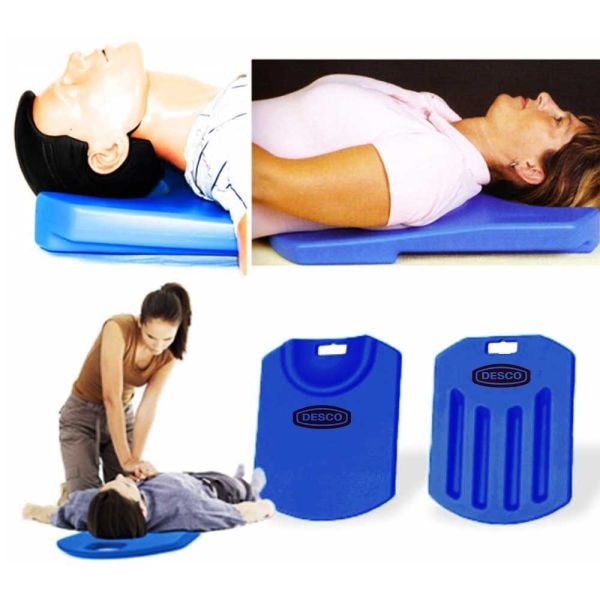
Once cardiac arrest has been identified and help is en route, placing the CPR board can transform a soft surface into a solid compression platform.
Why focus on proper CPR board positioning? Because just placing the board isn’t enough. Misplacement can lead to:
- Reduced chest compression depth
- Poor compression quality
- Decreased blood flow
- Easily missed hand placement
Follow these steps:
- If you suspect spinal injury, use manual spinal motion restriction. Maintain inline support while rolling or slightly lifting the torso.
- With at least one assistant, gently roll the patient to one side.
- Slide the board from head to hips, aligning it so that the upper half of the board supports the shoulders and thorax.
- Roll the patient back and center the torso on the board.
- Confirm the head and neck are neutral, preventing airway compromise.
- Ensure the board contacts the surface with no gaps under the lower back.
Once properly positioned, the board becomes a stable base for high-quality cardiopulmonary resuscitation CPR.
Step 3: Perform CPR with High-Quality Chest Compressions
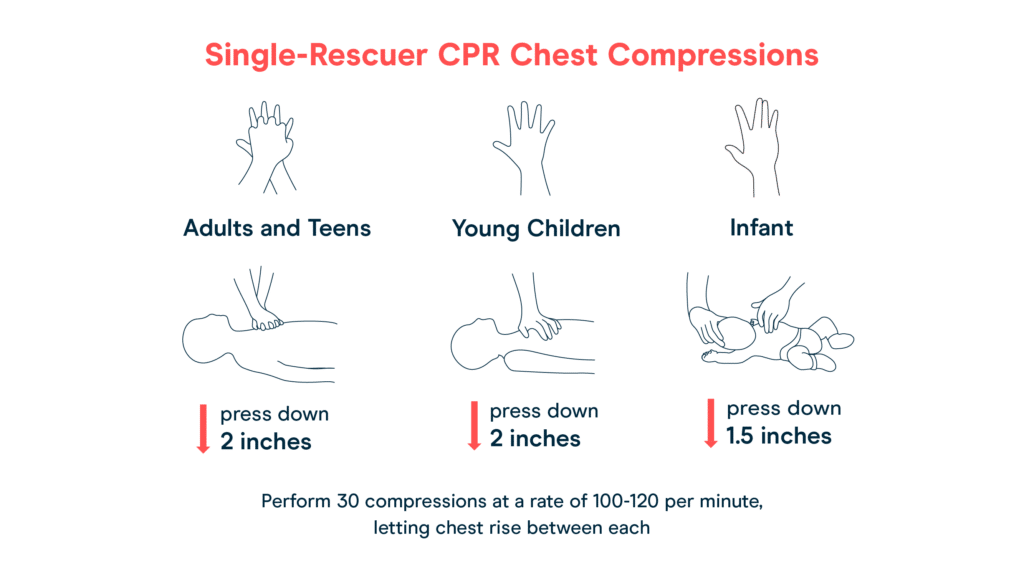
Once the board is in place, begin compressions immediately. This step requires focus and discipline.
Essential Metrics:
- Rate: 100–120 compressions per minute. Think of a fast upbeat song (“Stayin’ Alive” by the Bee Gees) to maintain rhythm.
- Depth: At least 2 inches for adults. Don’t over-compress; optimal compression depth maximizes blood flow.
- Release: Allow full chest recoil. Avoid leaning on the chest between compressions.
- Rhythm: Maintain even timing—too slow or too fast reduces effectiveness.
Step 4: Add Rescue Breaths and Airway Management
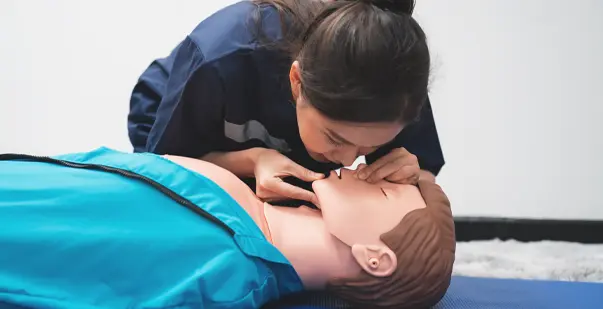
After 30 compressions, provide two rescue breaths to oxygenate the blood. This complements the circulatory push of compressions.
Follow this sequence:
Open the airway with a chin lift maneuver.
- Use a bag valve mask or bag mask device—this helps maintain infection control and consistent delivery.
- Consider adjuncts like oropharyngeal and nasopharyngeal airways if trained and if no contraindications exist.
- Deliver two effective rescue breathing cycles—just enough to see the chest rise.
- Avoid excessive ventilation, which can reduce venous return and compromise circulation.
These breaths ensure oxygen reaches vital organs. Combine compressions and ventilations in a ratio of 30:2 until an advanced airway is placed or ALS paramedics arrive.
Step 5: Integrate Resuscitation Team and AED
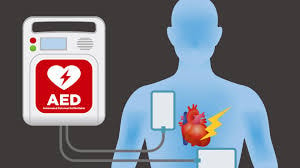
When additional responders arrive, collaboration greatly enhances outcomes:
- Keep continuous chest compressions in high fidelity.
- Rotate compressors every two minutes to prevent fatigue.
- Attach an automated external defibrillator as soon as possible.
- Follow AED voice commands and treat ventricular fibrillation or pulseless ventricular tachycardia promptly.
- Resume compressions immediately after shock; do not check rhythm too long.
Step 6: Ongoing Cardiac Arrest Care and Transfer
The resuscitation effort continues until ROSC or EMS arrives.
Key Tasks:
- Continue following adult cardiac arrest algorithm steps as new rhythms appear.
- Prepare documentation: number of compressions, shocks delivered, time of ROSC.
- While transporting, ensure manual compressions or mechanical devices maintain chest compression depth.
- Communicate clearly to the receiving team to support optimal patient outcomes and transition to post-resuscitation care for eventual hospital discharge.
Beyond the Board: Enhancing Cardiac Arrest Care
Use Continuous Chest Compressions with Minimal Pauses
Pause compressions only for necessary tasks like AED use or airway placement. Short overlaps maximize blood flow.
Include Rapid Defibrillation
Early defibrillation is critical, especially in shockable rhythms. AED activation should not interrupt compressions more than 10 seconds.
Consider Mechanical Chest Compressions
In prolonged arrests or moving vehicles, mechanical devices maintain reliable compression quality, but a CPR board remains essential for every setting.
Training and Simulation
Cpr training reinforces all principles: compressions, ventilations, airway protocols, board placement, AED use, team coordination.
Routine simulation exercises help teams identify gaps and refine skills, boosting confidence in real cardiac arrest events.
Common Mistakes and How to Avoid Them
- Skipping board placement on soft surfaces
- Incorrect board positioning
- Pausing compressions too long for mask changes or rhythm checks
- Over-ventilating and reducing venous return
- Failing to rotate compressors
- Neglecting airway adjuncts when available
A few key reminders:
- Always roll the patient properly to slide the board.
- Keep timing smooth using visual or auditory cues.
- Use gloves and maintain hygiene standards.
- Debrief after use and recharge or service equipment as needed.
Why Proper CPR Board Positioning Is Crucial
Delivering CPR on a soft surface like a hospital bed or stretcher significantly reduces the effectiveness of chest compressions. The compression force gets absorbed by the soft surface, resulting in poor compression depth and diminished circulatory support.
This compromises the cardiac arrest care process. For patients in cardiac arrest receiving CPR, studies show that CPR performed without a rigid surface often leads to lower defibrillation success and ROSC (Return of Spontaneous Circulation).
A CPR board:
- Provides a firm surface for effective compressions
- Prevents excessive chest compression depths
- Helps maintain proper spinal alignment
- Enhances outcomes in both pre-hospital and hospital setting environments
Improving Outcomes with CPR Boards
Proper board positioning enhances:
- Blood flow during compressions
- Adherence to American Heart Association guidelines
- Consistency in manual CPR
- Integration with emergency cardiovascular care protocols
- CPR success in both layperson and healthcare providers
Use of a CPR board reduces variability in technique, making conventional CPR more reliable.
It also supports lone healthcare provider scenarios by offering predictable back support and alignment.
JieKang Rescue CPR Boards: Built for Performance
JieKang Rescue offers industry-standard CPR boards ideal for field, hospital, and industrial use. Features include:
- Concave head end keeps the patient’s head tilted back for airway alignment
- High-density polyethylene plastic construction: durable, hygienic, and corrosion-resistant
- Lightweight, portable design
- Easy to clean for infection control
- Compatible with back straps and immobilizer
JieKang’s rescue products are designed to meet the needs of both pre-hospital and in-hospital responders.
Contact us to build your emergency response kit
Learn more in our Adult CPR Guide

